Description
Have you ever considered what the main component is in the antifreeze? In fact, monopropylene glycol is a chemical compound that is responsible for reducing the freezing point. But how? In this essay, we are going to discuss the unique properties of MPG, which are the reason why a wide range of industries use it as a raw material.
How to buy MPG?
Shanghai Chemex is one of the best monopropylene glycol suppliers. If you would like to know any further information about monopropylene glycol`s price or buying this item, our team will be delighted to help you with that.
Physical and chemical properties
MPG appears as a colorless and odorless liquid. The most important physical and chemical properties are summarized in the following table:
| Name | Monopropylene glycol (MPG) |
| Other name | Propylene glycol |
| Chemical formula | C3H8O2 |
| Molecular Weight | 76.09 g/mol |
| Melting point | -60 °C |
| Boiling point | 187 °C |
| Density | 1.036 g/mL |
| structure | 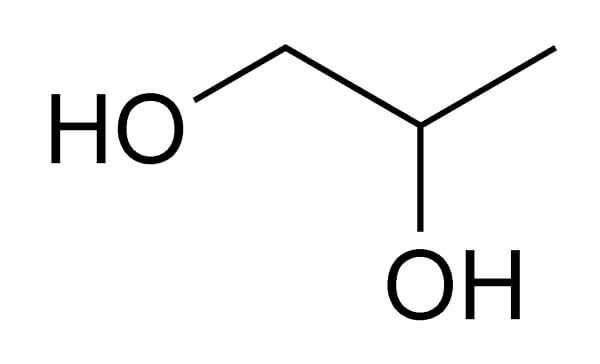 |
This material is able to dissolve in water, alcohols, esters, ketones, and amines. It can also mix with halogens in limited amounts.
·What is the difference between monopropylene glycol and propylene glycol?
Actually, they are the same. MPG is also known as propylene glycol.
How to produce MPG?
One of the ways to synthesise this chemical substance is to hydrolyze propylene oxide under the catalysis of catalysts such as sulfuric acid or hydrochloric acid.
CH3CHCH2+H2O[H+] → CH3CH(OH)CH2OH
Monopropylene glycol uses
Several industries use MPG as a raw material, which are as follows:
- Anti-freezing agent
MPG has a low freezing point, therefore monopropylene glycol antifreeze is used as a cooling agent. Antifreeze based on PG polyol is a very useful and high-performance antifreeze for all types of cars and vehicles.
Ethylene glycol has antifreezing properties too. So, MPG can be a good substitute for ethylene glycol. One of the main reasons for this substitution is that MPG has less toxicity than ethylene glycol.
- Monopropylene glycol in food industry
Food industries add MPG to their products to improve the color and texture. This food additive can also reduce bacterial growth and, as a result, increase the shelf life of the product. Monopropylene glycol’s e-number is E 1520. This food additive can act as an antioxidant, which means it is able to reduce the effect of free radicals.
- Polyurethane resins
MPG is a good option for producing polyurethane resins.
- Cosmetics
This substance increases hydration by absorbing water from the air and trapping water molecules in skin and hair products. Not only does this increase the skin’s hydration, but it also stops the growth of bacteria and gives cosmetics a longer life. Cosmetic industries use propylene glycol in shampoos and sunscreens.
- Solvent
Cosmetic and pharmaceutical industries can also use this chemical substance as a solvent.
Monopropylene glycol MSDS
People who are working with MPG should be aware not to store it close to flames or heat. Remember that you should store MPG in a cool place.
-
Monopropylene glycol dangers
MPG contacting the eyes can cause serious eye irritations. When humans and animals are exposed to a high amount of MPG over a long period of time, it can cause toxicity in them with symptoms such as depression, hyperosmolarity, and cardiovascular issues.
The bottom line
MPG is a raw material for many industries. Moreover, It is a good antifreeze for cars. The other application is as a food additive because MPG is able to increase the shelf life of the product and improve the color and texture.
Frequently asked questions
What is monopropylene glycol used for?
MPG is used as a food additive and antifreezing agent. Industries can use it in cosmetic products to keep the skin moist.
Is monopropylene glycol safe for skin?
Yes, it is considered a safe material, but you should consume it with caution if you have sensitive skin.
Is propylene glycol the same as monopropylene glycol?
Yes, these are the same. Propylene glycol is also known as monopropylene glycol.
Is monopropylene glycol food safe?
Yes, it is safe to use MPG in foods. This material can increase the shelf life and also improve the appearance of the product. It is able to act as an antioxidant and reduce the effects of free radicals.
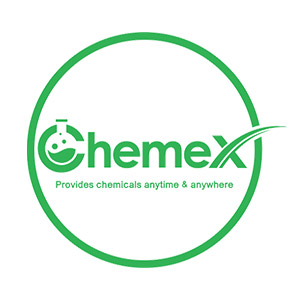
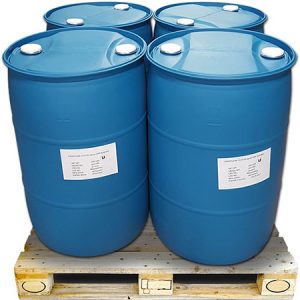
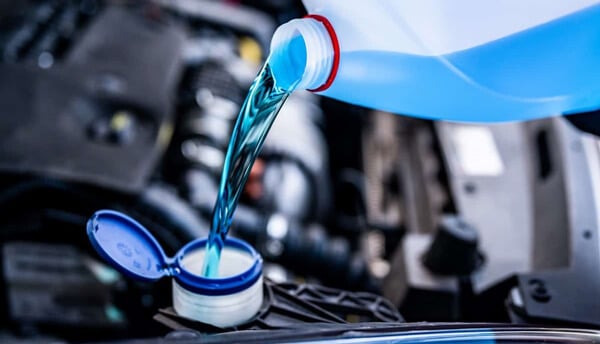
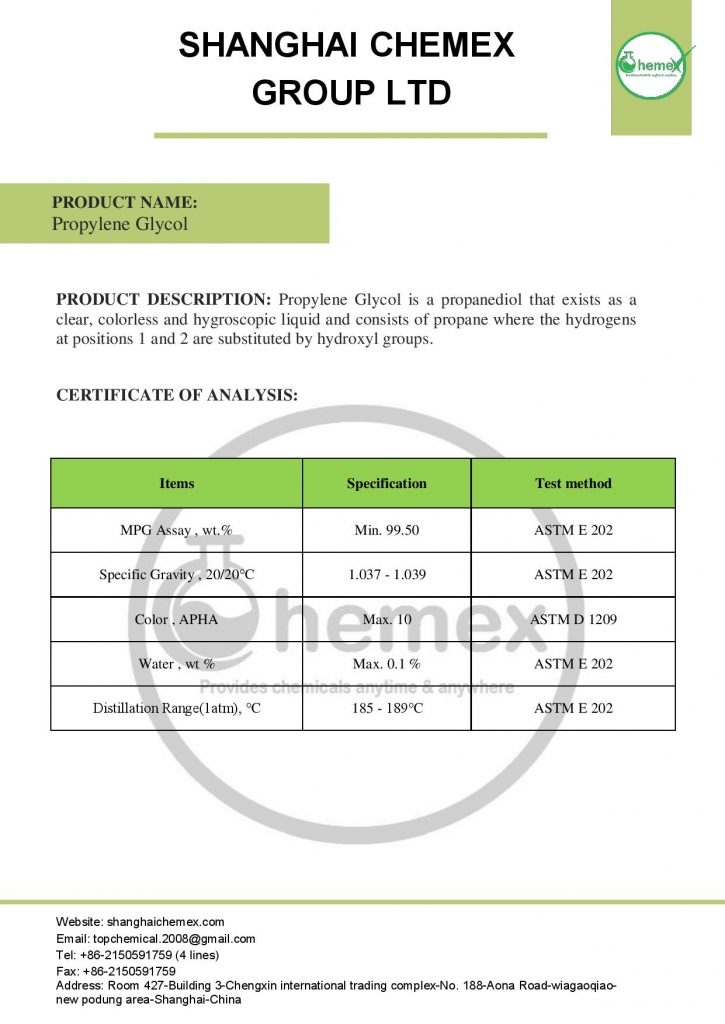
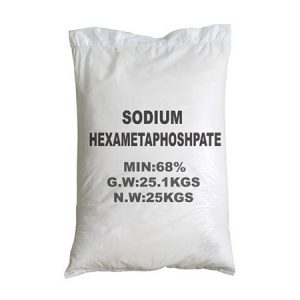
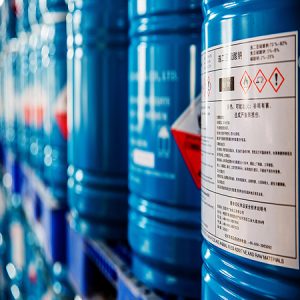
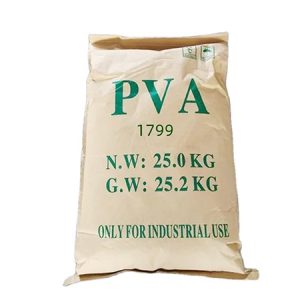

Reviews
There are no reviews yet.